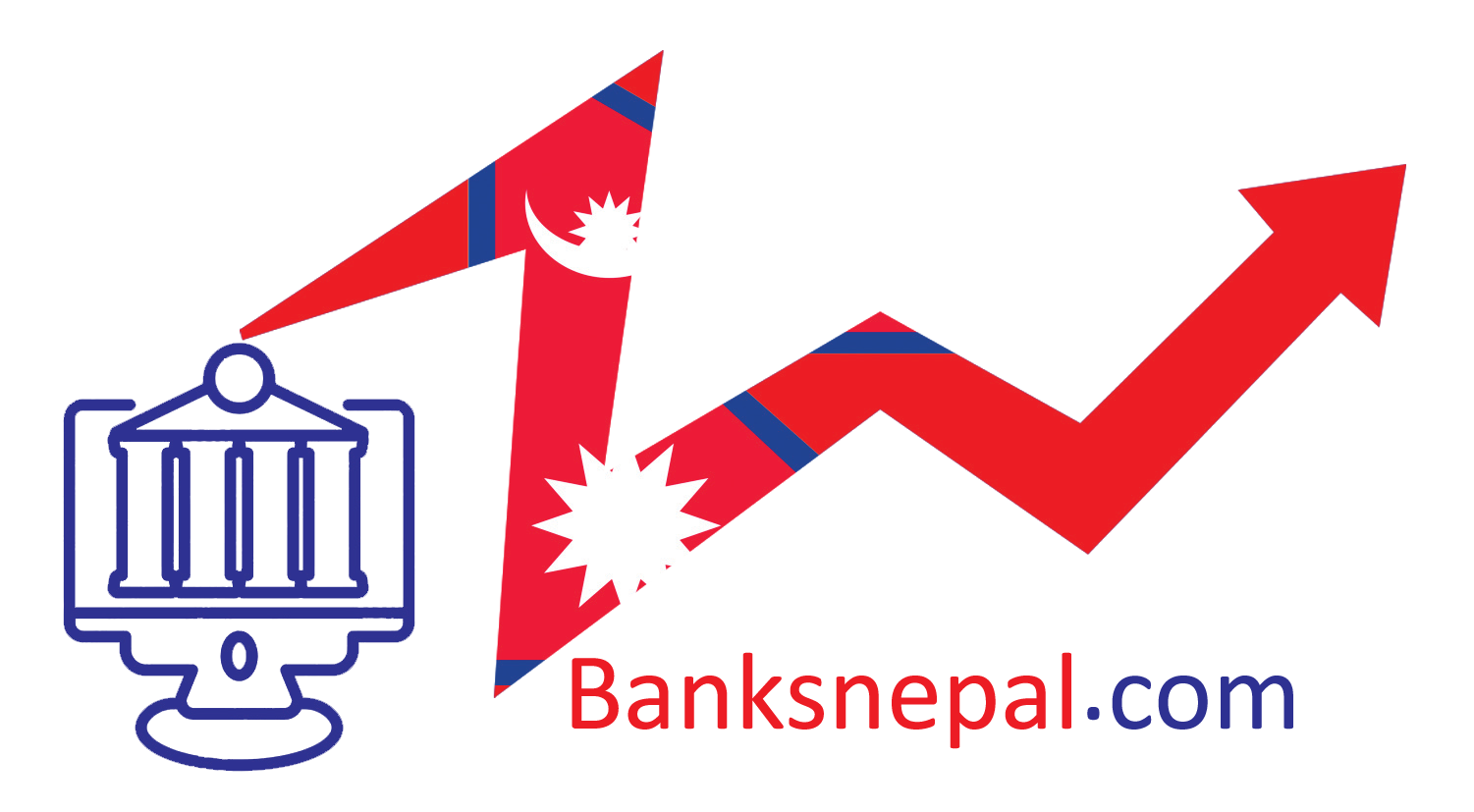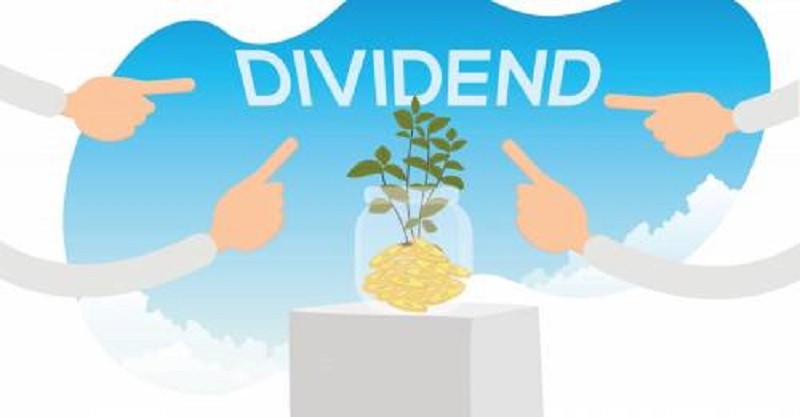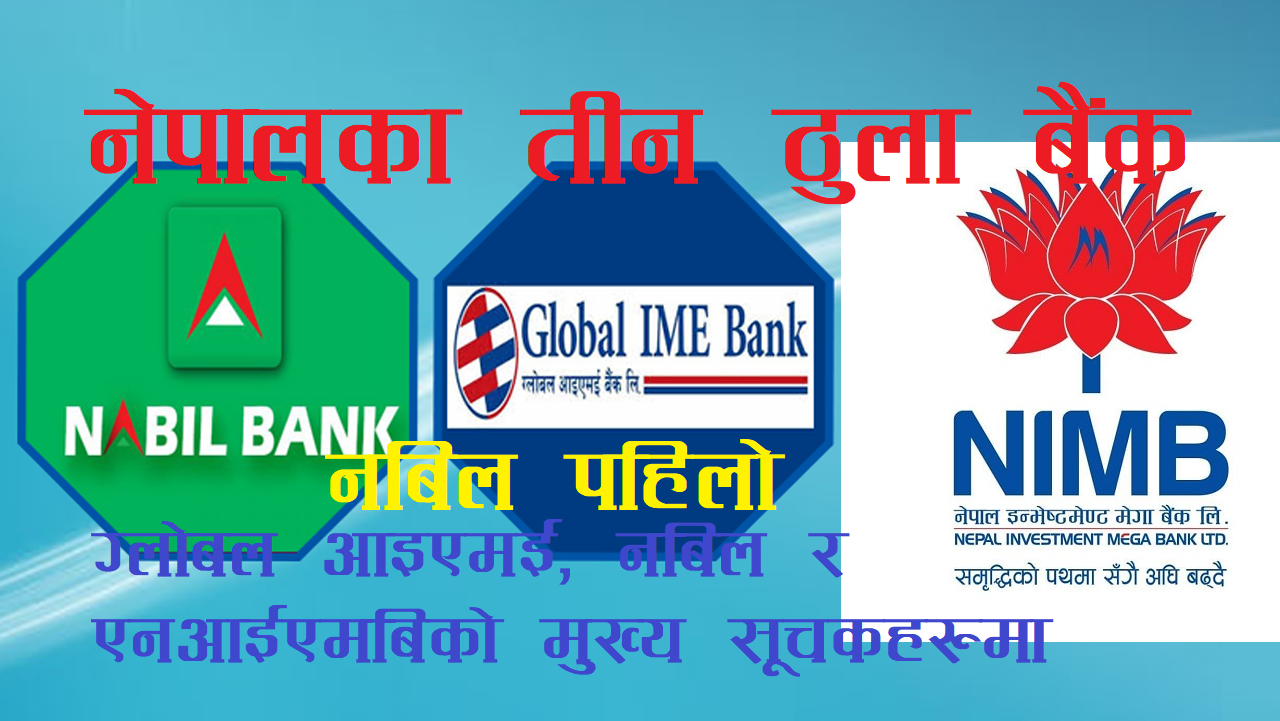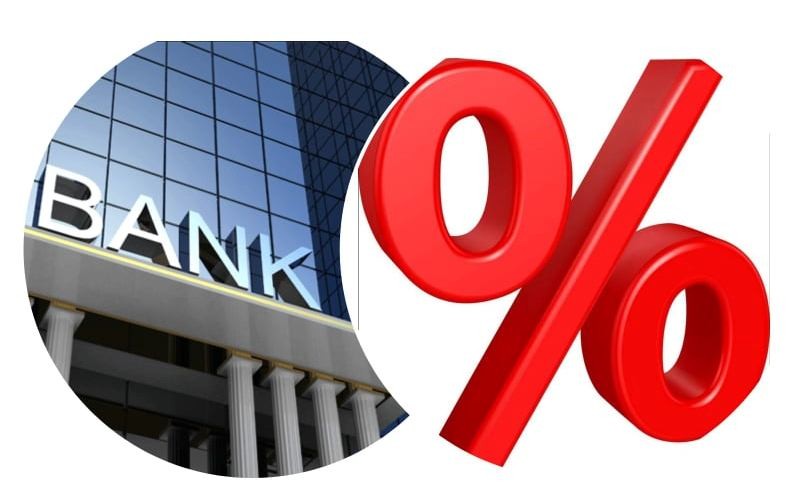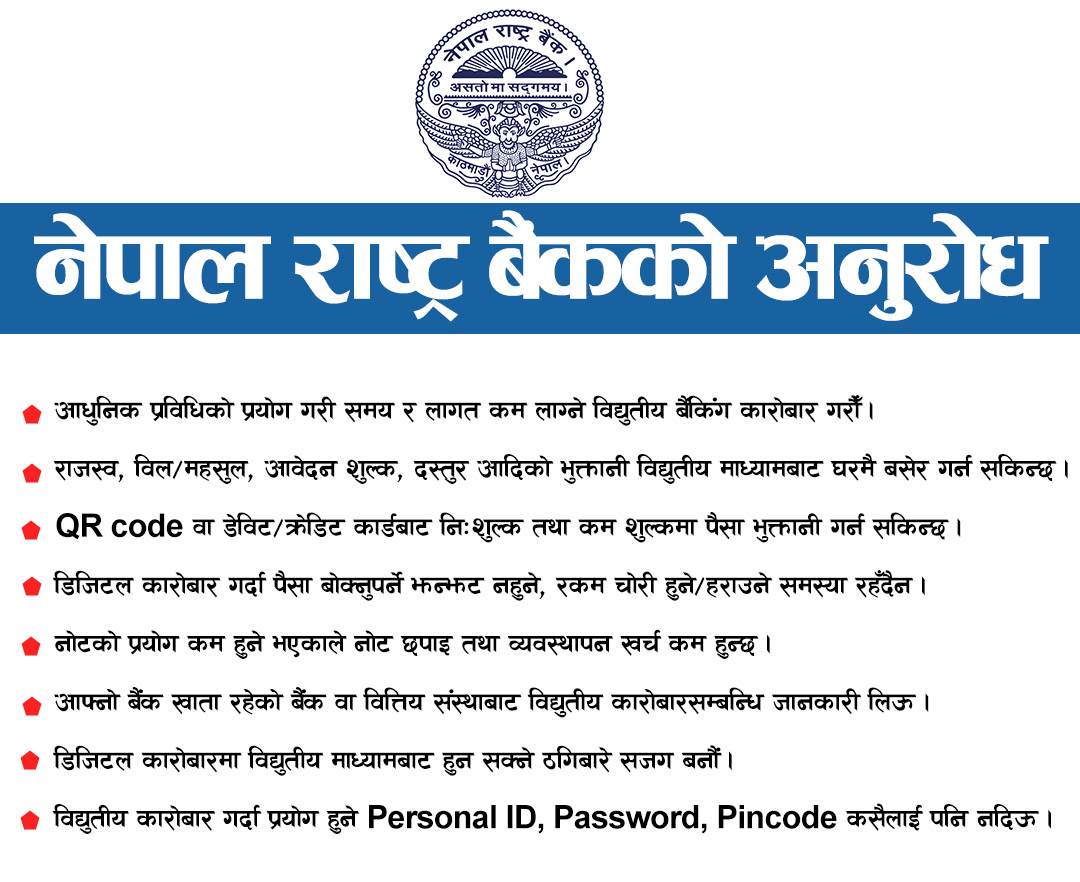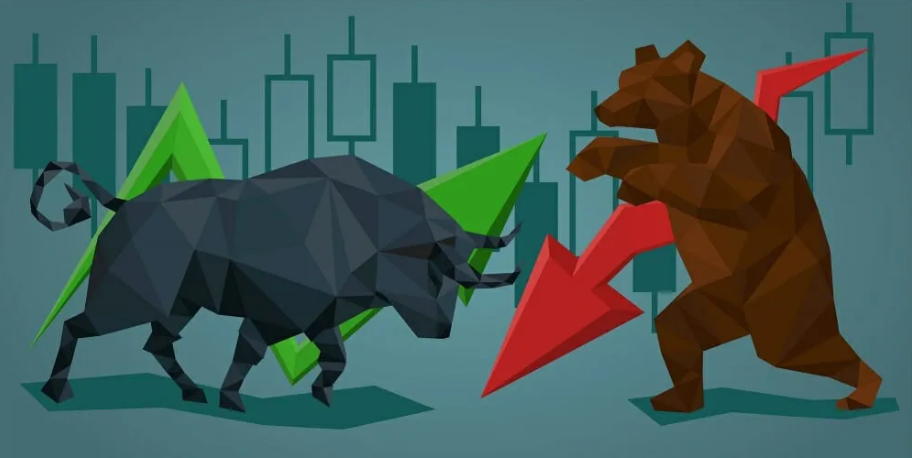
Kathmandu. The central bank's policy of NPR 40/120 million credit threshold against the shares had put the share market in crisis, causing the NEPSE index to plunge. Moreover, the Nepalese economy experienced a significant slowdown due to the pandemic, which affected the performance of many companies listed on the stock exchange. Capital market of Nepal started gaining momentum again in early 2020 and went on a bullish trend until it touched an all-time high of 3200 in the month of August 2021. Several factors played a role in pushing the NEPSE Index on a bullish trajectory.
The COVID-19 pandemic hit the world and Nepal, and the government imposed lockdowns and restricted people's movement, leading to the shutdowns of most businesses and economic activities. This made people search for alternative ways to make money, and many new investors poured their money into the stock market.
Additionally, the lockdowns brought development works to a grinding halt, and the price of petroleum products dwindled, reducing the cost of goods and commodities. The import of goods and commodities except daily essentials was also banned. Banks and financial institutions witnessed excessive liquidity for lack of loan demand, and they started flowing margin loans to investors at as low as 7 percent interest.
However, the boom in the stock market did not last long. Various factors led to the sharp fall of the stock market, driving it down to the bearish mood. The Nepal Rastra Bank (NRB) tightened its monetary policy, and all banks and financial institutions were also placed under strict restrictions, effectively banning them from share trading. The NRB's austere policies caused the market correction by dislodging the confidence of large and institutionalized share traders.
In the fiscal year 2078/79, Nepal Rastra Bank (NRB) had tightened loans against shares by introducing the credit limit of NPR 40/120 million. The central bank's policy of NPR 40/120 million credit threshold against the shares had put the share market in crisis, causing the NEPSE index to plunge.
Moreover, the Nepalese economy experienced a significant slowdown due to the pandemic, which affected the performance of many companies listed on the stock exchange. A liquidity crunch in the banking sector, coupled with tighter monetary policies, affected investor confidence in the market.
Interest rates also surged up to 19/20 percent from 7/8 percent, and stock and interest rate have a negative correlation. As interest rates rose sharply, investors and people parked their money in fixed deposits because of the margin of safety.
The bullish trend in the Nepalese stock market in 2021 was mainly driven by the pandemic-induced market disruptions, which led to excess liquidity and low-interest rates. However, the NRB's policies, the economic slowdown, the liquidity crunch, inflation, and rising interest rates led to the bearish trend in the market, causing a significant correction in the NEPSE Index.
In summary, the NEPSE Index has had a tumultuous history since its inception, with several downs and ups, reaching its highest points in 2000, 2008, 2016, and 2021. The NEPSE Index started at 157 points in 1998 and climbed to a high of 545 points in 2000, followed by a bearish period that lasted until 2004.
The index then gained momentum again, reaching a high of 1175 points in 2008 before tumbling to a low of 298 points in 2012. From 2016 to 2019, the market underwent significant corrections and hit a low of 1104 points in 2019.
However, from early 2020, the NEPSE Index entered a bullish trend and reached an all-time high of around 3200 points in August 2021, However, the market sentiment turned bearish soon after, and the index has touched lows of around 1800. Over the past year, the NEPSE index has been fluctuating between 1800 and 2250, with the current state of the secondary market platform hovering between 1800 and 1900.
